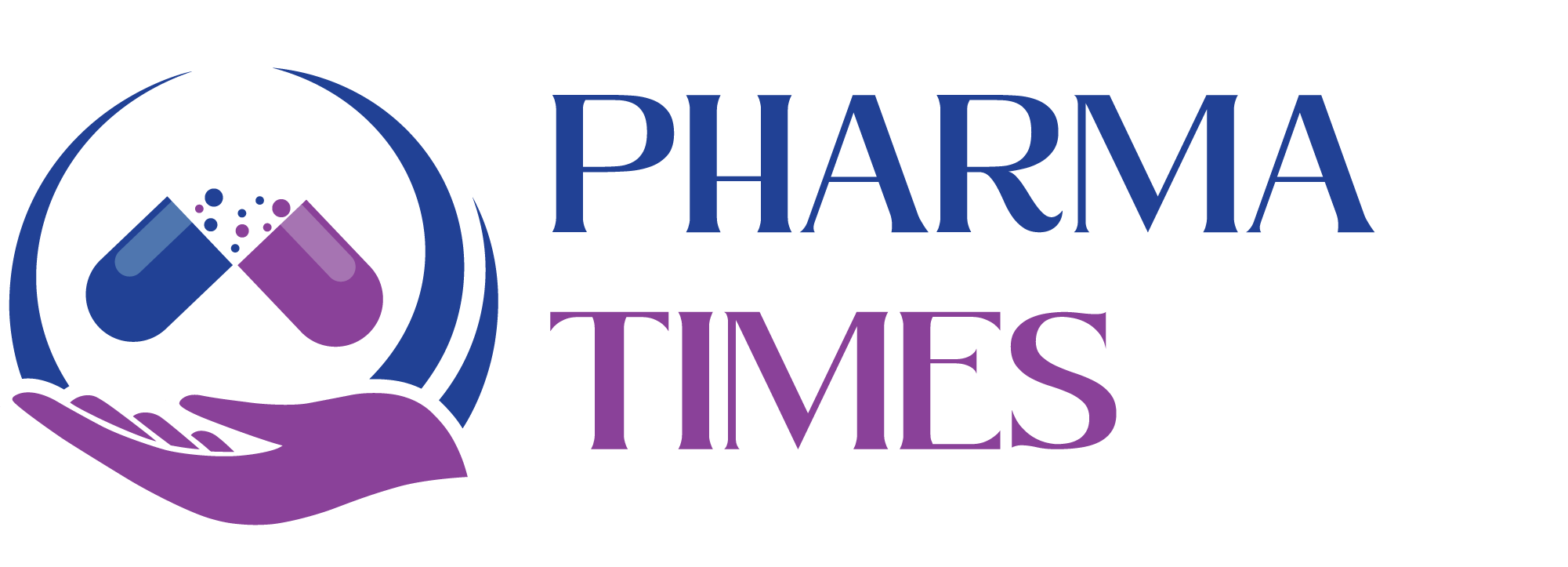SOP for Bubble Point Test .

Standard Operating Procedure (SOP)
Here’s a detailed Standard Operating Procedure (SOP) for the Bubble Point Test, which is commonly used to verify the integrity of membrane filters—especially in sterile pharmaceutical or biotech processes.
1. Purpose:
To describe the standard method for performing the Bubble Point Test to verify the integrity of membrane filters used in sterile filtration.
2. Scope:
Applicable to all hydrophilic membrane filters used in sterile filtration processes within the facility, such as final product filtration, gas filters (if wetted), and critical process points.
3. Responsibilities:
-
Quality Control / Quality Assurance: Review and approve test results.
-
Production / Process Operator: Perform the bubble point test.
-
Validation / Engineering: Maintain test equipment and train personnel.
4. Definitions:
-
Bubble Point: The minimum pressure required to force air through a wetted membrane, indicating the largest pore size.
-
Wetting Fluid: Typically Water or 60–80% IPA depending on membrane material.
5. Safety Precautions:
-
Use appropriate PPE (gloves, lab coat, eye protection).
-
Handle pressurized equipment with care.
-
Ensure filters are properly clamped and secure before testing.
6. Materials and Equipment:
-
Filter to be tested (pre-wetted)
-
Clean compressed air or nitrogen supply
-
Pressure regulator and gauge
-
Water or IPA (for wetting)
-
Bubble point tester or setup (manual or automated)
7. Procedure:
7.1. Pre-Test Checks:
-
Verify the filter part number, integrity specification, and expiry.
-
Ensure the filter is installed in a clean and secure test setup.
-
Wet the filter with appropriate fluid (e.g., water for PES, IPA-water mix for PTFE).
-
Remove all entrapped air by flushing the filter gently.
7.2. Performing the Bubble Point Test:
-
Gradually apply air or nitrogen pressure to the upstream side of the wetted filter.
-
Monitor pressure gauge while observing the downstream side (visually or using automated sensor).
-
Identify the pressure at which a continuous stream of bubbles appears from the largest pore — this is the Bubble Point.
-
Compare measured value to the manufacturer’s minimum acceptable value.
8. Acceptance Criteria:
-
The observed bubble point must be equal to or greater than the validated minimum value provided by the filter manufacturer.
-
If the test fails, the filter must be discarded or re-tested after re-wetting.
9. Post-Test Procedure:
-
Document test results with date, time, operator, and equipment ID.
-
Release or reject the filter based on test results.
-
Clean the test setup as per SOP.
-
Report any deviations or abnormalities.
10. Documentation:
-
Record the following in the logbook or electronic system:
-
Filter ID / Batch No.
-
Test fluid used
-
Test pressure and result
-
Operator initials and date
-
Equipment ID
-
Remarks (if any)
-
11. References:
-
Manufacturer’s filter validation guide
-
USP <797> or <1223> (if applicable)
-
ISO 13408 or equivalent
-
Internal quality policies and validation protocols.
🎓 Discover one of the best Quality Assurance courses available — click below to explore the course that’s shaping future QA skills.
https://trcjw.on-app.in/app/oc/306166/trcjw

